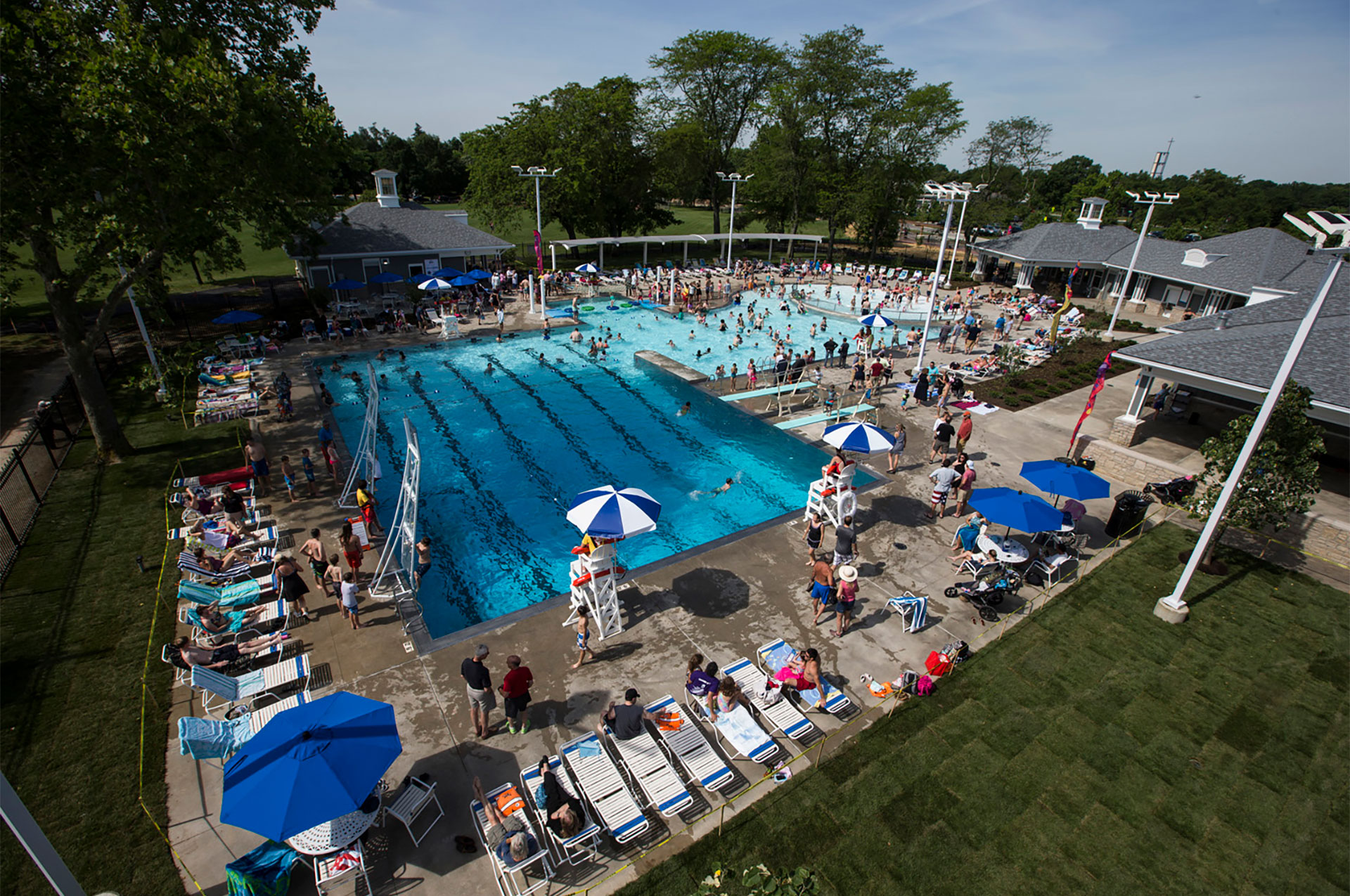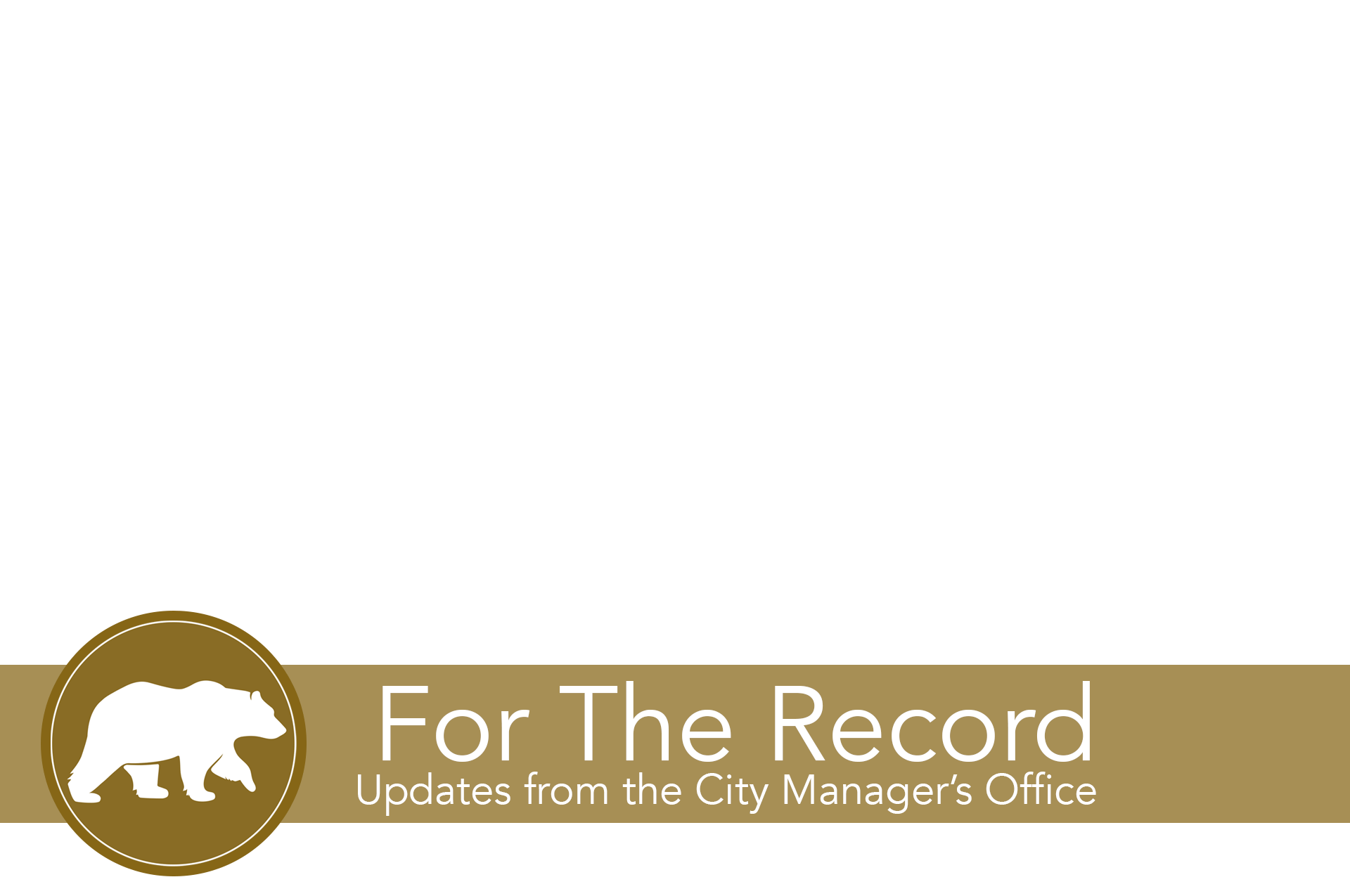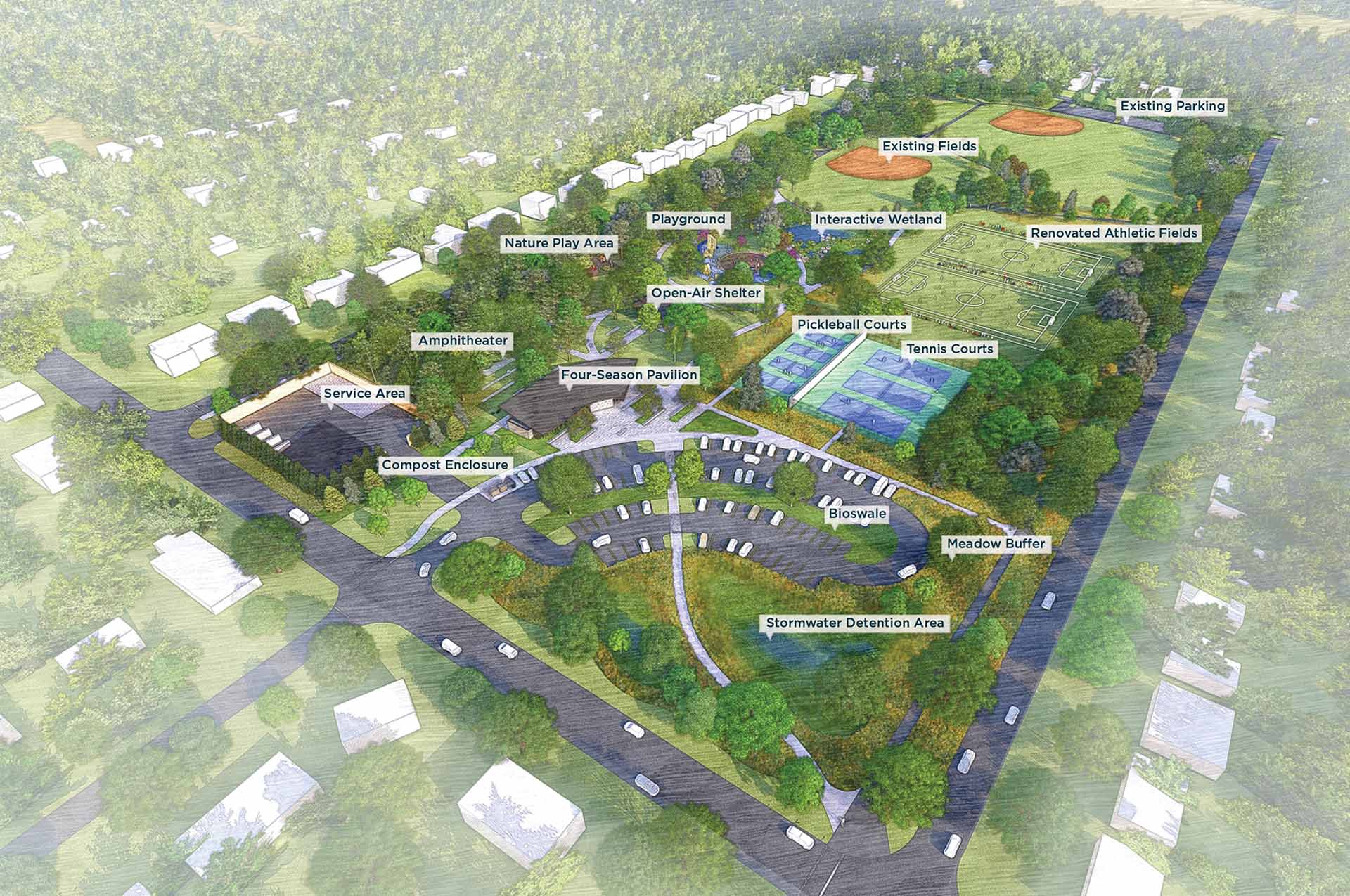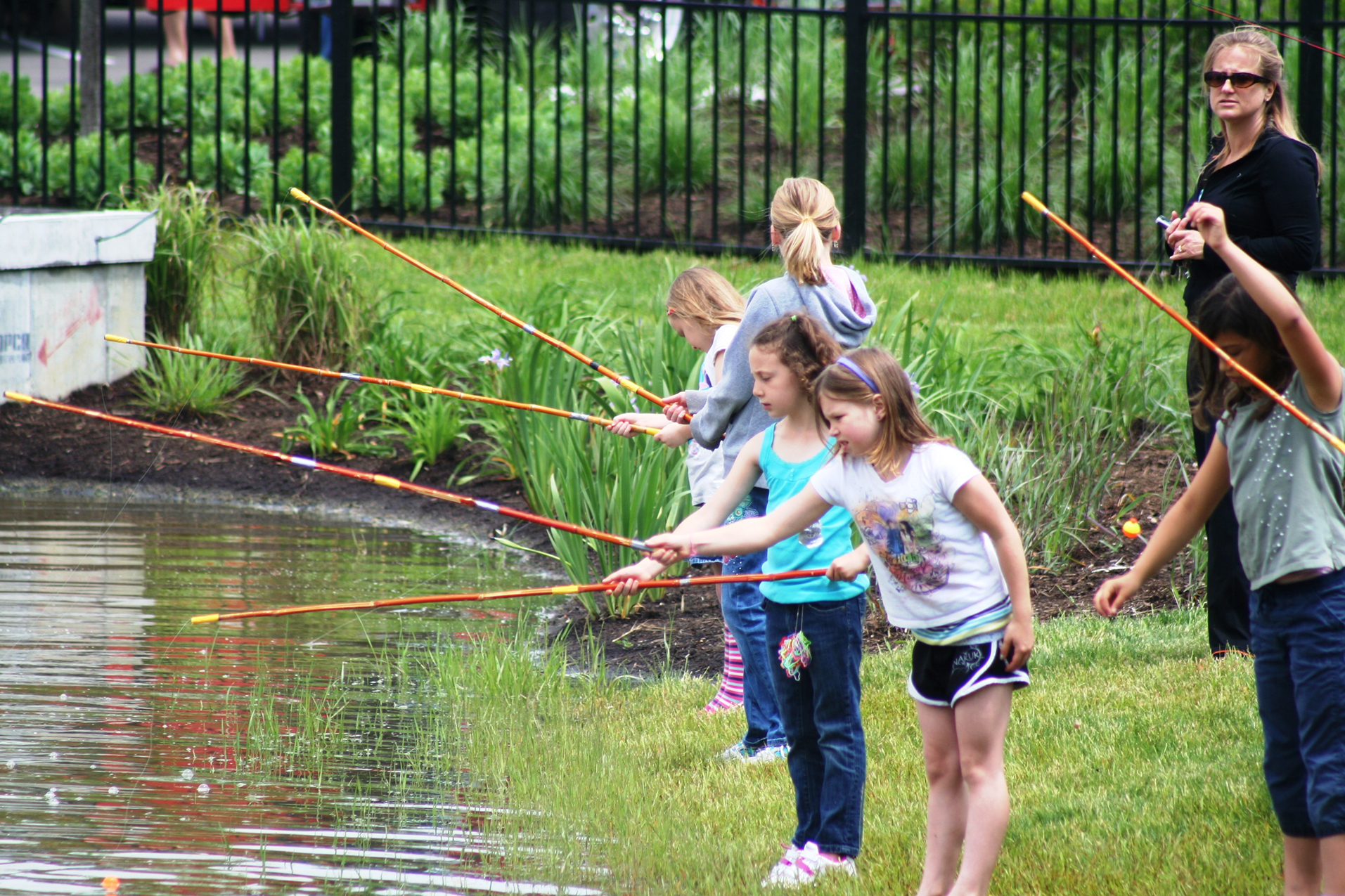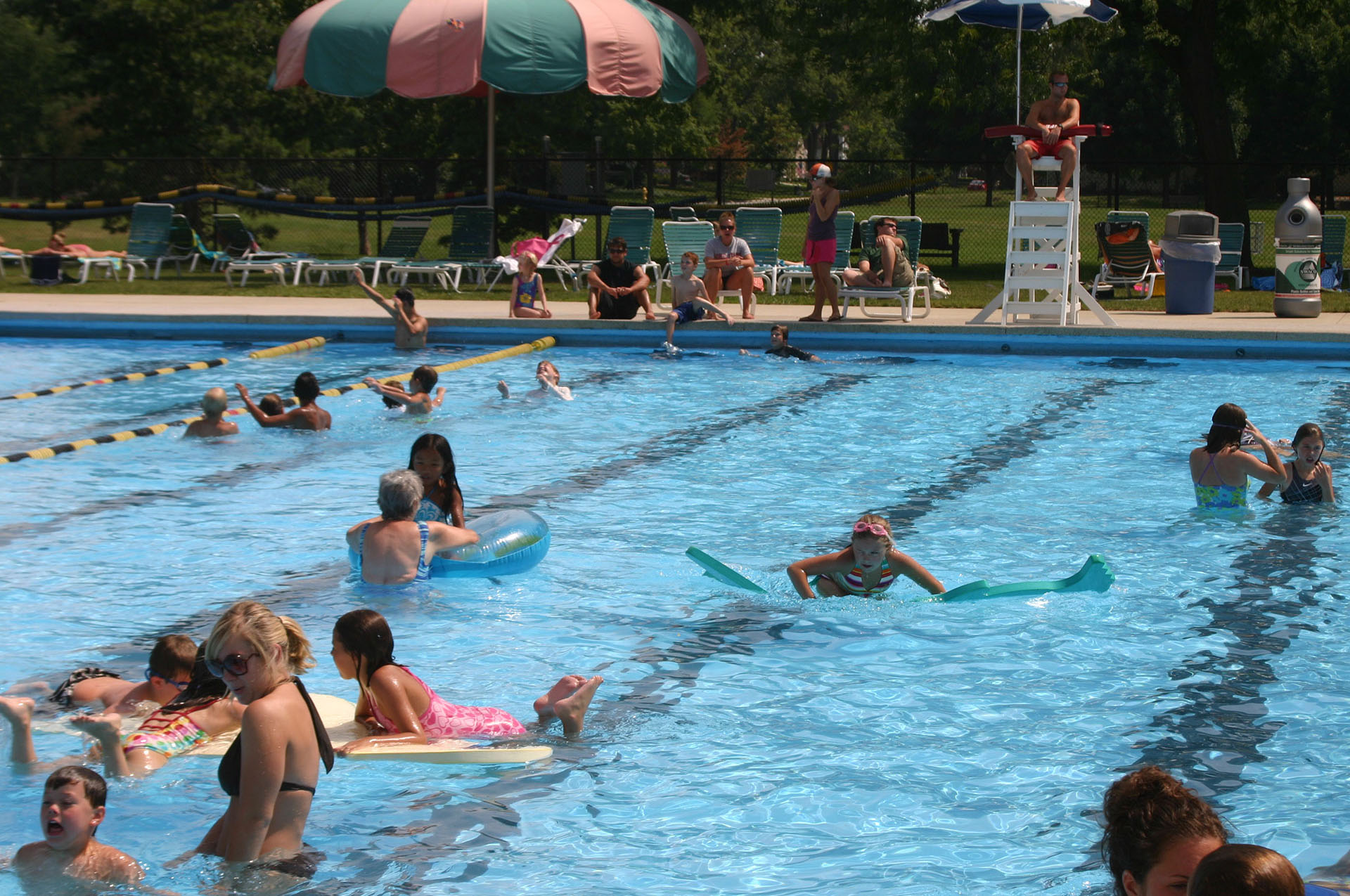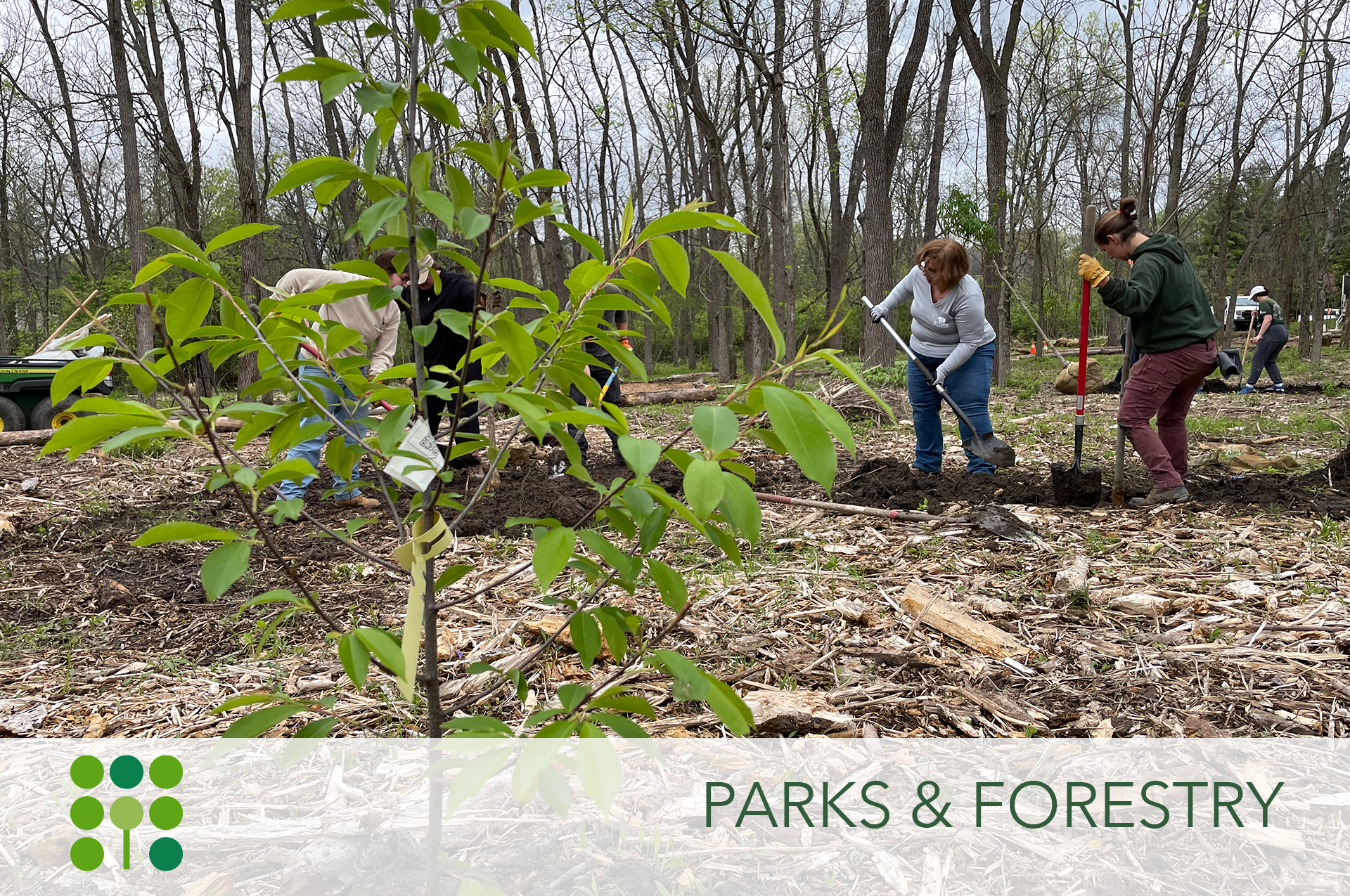
The Parks & Forestry Division oversees and maintains the City’s 23 parkettes. Covering approximately 186 acres, park facilities include playgrounds, sports fields, shelters and picnic areas, walking paths, fitness trails and naturalized areas.
The division’s Forestry Unit manages and maintains an extensive inventory of street trees (approximately 18,000) in the public right-of-way, and thousands of trees in the parks and at various public facilities. With the support and guidance of the volunteer members of the City Tree Commission, Upper Arlington has been designated as a Tree City USA by the Arbor Day Foundation since 1990, hosting an Arbor Day Tree Planting Ceremony each April at a community school.
Beautification efforts are overseen by the Horticulture Staff. This includes landscaping, limestone walls and boulders at community gateways, and gardens in parks and public spaces.
May 2025
William Kolok: Sculpting Timeless Forms
William Kolok: Sculpting Timeless Forms
Pools Open
William Kolok: Sculpting Timeless Forms
William Kolok: Sculpting Timeless Forms
Street trees enhance our quality of life by shading pavement, slowing traffic, increasing property values, reducing storm water runoff, and generally improving the local environment. In addition to our proactive Street Tree Program, the City encourages residents to plant trees within the public right-of-way, in accordance with our guidelines.
Residents are encouraged to provide routine care for recently planted street trees. Regular watering of newly planted trees—a deep soaking once per week (one inch of water) for at least the first two summers and falls—is recommended. Keep a two-three foot wide circle of mulch, no more than three inches deep, over the root zone and avoid damaging bark with mowers and trimmers. Other tree maintenance, including pruning on a six-year cycle, is provided by the City. The City will also remove dying or unsafe trees as needed and plant replacements.
It’s important to select tree species that will thrive in the proposed site, and fits your objectives for shade, size and maintenance requirements. The City’s Street Tree Recommendations brochure lists species by mature size and offers general selection guidelines. Species listed as undesirable as a street tree may be fine on private property if site conditions are appropriate. The City’s Tree Treks in several of our parks provide the opportunity to see most of the species that grow well in Central Ohio. Many tree species are also sold as cultivars—with unique or predictable traits such as a weeping crown or unusual foliage—which are usually are given a tradename. Be sure you know what you are buying, as there can be dramatic differences between cultivars of the same species. For example, the City permits some cultivars of crabapple and cherry along streets, but not weeping or heavily fruiting varieties.
The City replaces all trees that it removes. Normally, 1.5″ caliper trees are replanted at no cost to adjacent residents. For $50, residents can upgrade to a 2″ caliper replacement tree. Orders must be received prior to ordering deadlines planting seasons in spring and fall, and are subject to availability. Contact Parks & Forestry for details.
Residents, contractors, or any other person wishing to plant, prune, remove or otherwise work on a tree within the City’s right-of-way must by law obtain a permit from Parks & Forestry. A permit is also required prior to any excavation within 10′ of a street tree. These rules are to protect street trees AND the public, since trees damaged by improper work can injure or kill people later.
The right-of-way includes the tree lawn between the curb and sidewalk, and typically extends beyond the sidewalk. Public right-of-way available for tree planting is also present on streets without sidewalks or curbs. Neighborhoods are encouraged to collaborate on group planting projects.
Trees should be planted at least 10 feet from fire hydrants and street lights, seven feet from driveways and street signs, six feet from underground utility line valves, and 35 feet from the corner curb of street intersections. The following spacing guidelines apply:
- Small species: at least 24 inches from the edge of curb or walk and 10 feet from the nearest tree
- Medium species: at least 30 inches from the edge of curb or walk and 20 feet from the nearest tree
- Large species: at least 30 inches from the edge of curb or walk and 30 feet from the nearest tree
Permits—which are free of charge—can be obtained from Parks & Forestry. Staff may need to review plans or perform a site inspection prior to issuing a permit.
Residents can purchase street trees and have them planted by the City through the Cost Share Street Tree Program—taking advantage of the City’s wholesale purchasing power. The cost is $200 for a 1.5” caliper tree, and $250 for a 2” caliper tree. Orders are accepted year-round, with plantings each spring and fall. All trees are guaranteed by the City and will be replaced if necessary at no further cost to you. Staff will make species recommendations, based on site conditions and your preference.
Contact the Parks & Forestry Division for additional details and to request an order form.
Our parks are home to thousands of trees, representing dozens of species. Unique groupings of trees are featured in several parks—including Cardiff Woods, Miller, Smith, Charing, Thompson and Northwest Kiwanis—contain natural wooded areas or ravines. Thompson Park features a forested seasonal wetland area. A Smith Nature Park brochure leads visitors on a self-guided nature walk to learn about trees, forests, geology and other natural features found in the woods.
For more information on the management of these areas, click here for the Parks Naturalized Areas Management Plan.

TREE TREKS
Self-guided Tree Treks can be found in Thompson, Fancyburg, Northam and Miller parks. A Tree Trek brochure—which includes a map of tree locations—describes the features of each tree on the Trek. Numbered signs helps visitors identify the corresponding trees.
COMMEMORATIVE TREE PROGRAM
Because trees serve as a living link to our past, as a wonderful asset in the present, and a wise investment in our future, the Division offers the opportunity to participate in the Commemorative Tree Program. Commemorative trees may be planted in parks, or on other public property and can be used to celebrate a variety of occasions, or to honor or memorialize special people. The cost to plant a Commemorative Tree is $350. Click links below on the Commemorative Tree Brochure for detailed information or for a list of Commemorative Trees Planted in UA. Order forms can be requested from Parks & Forestry.
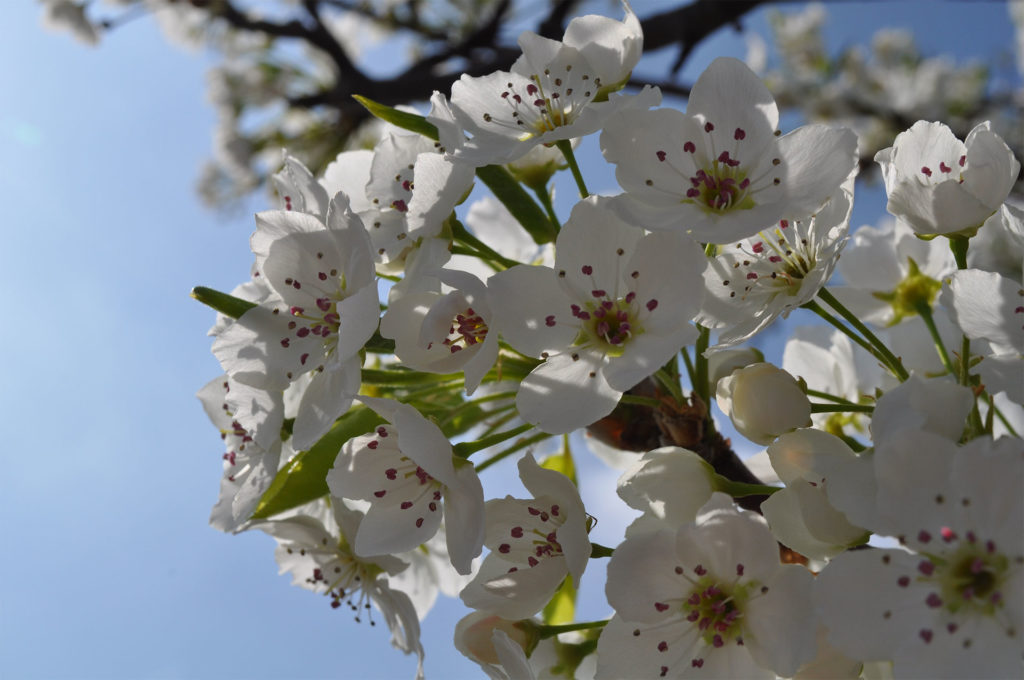
Privately owned trees are the responsibility of the property owner. The City inspects private trees only if a complaint about safety is received, or if staff becomes aware of a tree that threatens public safety. Private trees that threaten the safety of others can be condemned as a public nuisance. For more information, call the Parks and Forestry Division at 614-583-5340.
Property owners are responsible for the proper disposal of tree debris. The City does not perform utility line clearance pruning, nor do we have any authority or influence over this process, unless the trees are on City property. That work is performed by utility companies (most often AEP or its contractors).
Information on disposal of tree debris can be found on the Trash & Recycling Services page.
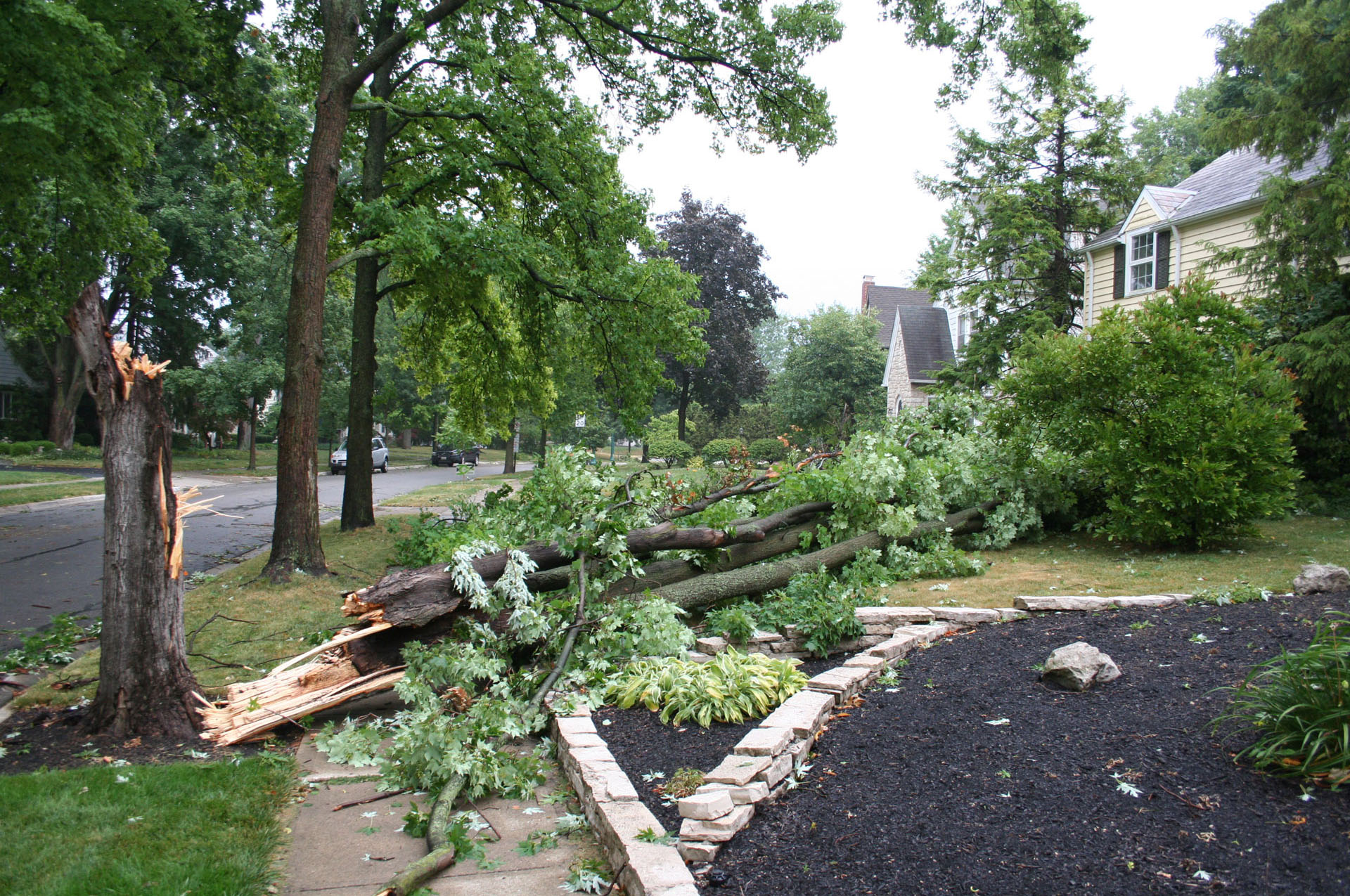
- If you believe a tree is an immediate threat to public safety, or if trees damaged by severe weather are obstructing the street or sidewalk, call the Parks & Forestry Division, 614-583-5340 during office hours.
- After hours situations can be reported by calling the dispatching center at 614-459-2800.
- For immediate emergencies call 9-1-1.
The City is responsible for clearing debris from City street trees (trees in the public right-of-way). Debris from private trees is the responsibility of the property owner. However, the City may clear private debris from streets or sidewalks when expedient, or take action to abate immediate hazards even if privately owned trees are involved. Emergency and storm cleanup is prioritized using several criteria, and your patience is appreciated.
Information on disposal of tree debris can be found on the Trash & Recycling Services page.
Do not approach downed or damaged power lines. Call your utility company or the Fire Division non-emergency line, at 614-583-5124, for assistance.
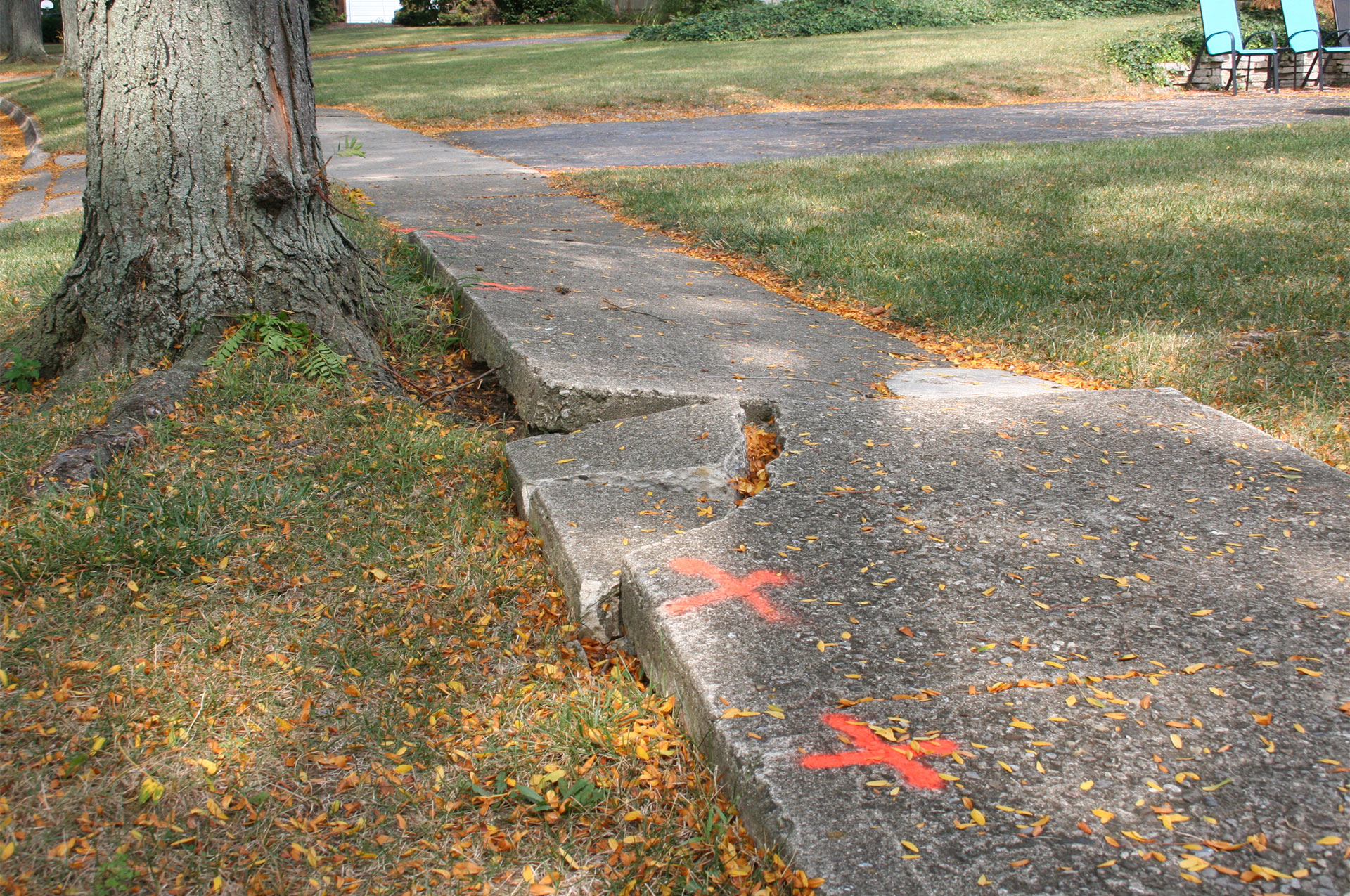
Consistent with most communities, the maintenance and repair for sidewalks is the responsibility of the adjacent property owner. The City will make repairs when damage has been caused by the roots of City-owned trees in the public right-of-way, defects caused by utility manholes or valves, and any curb ramps. Sidewalk inspections can be requested at any time by contacting Parks & Forestry.
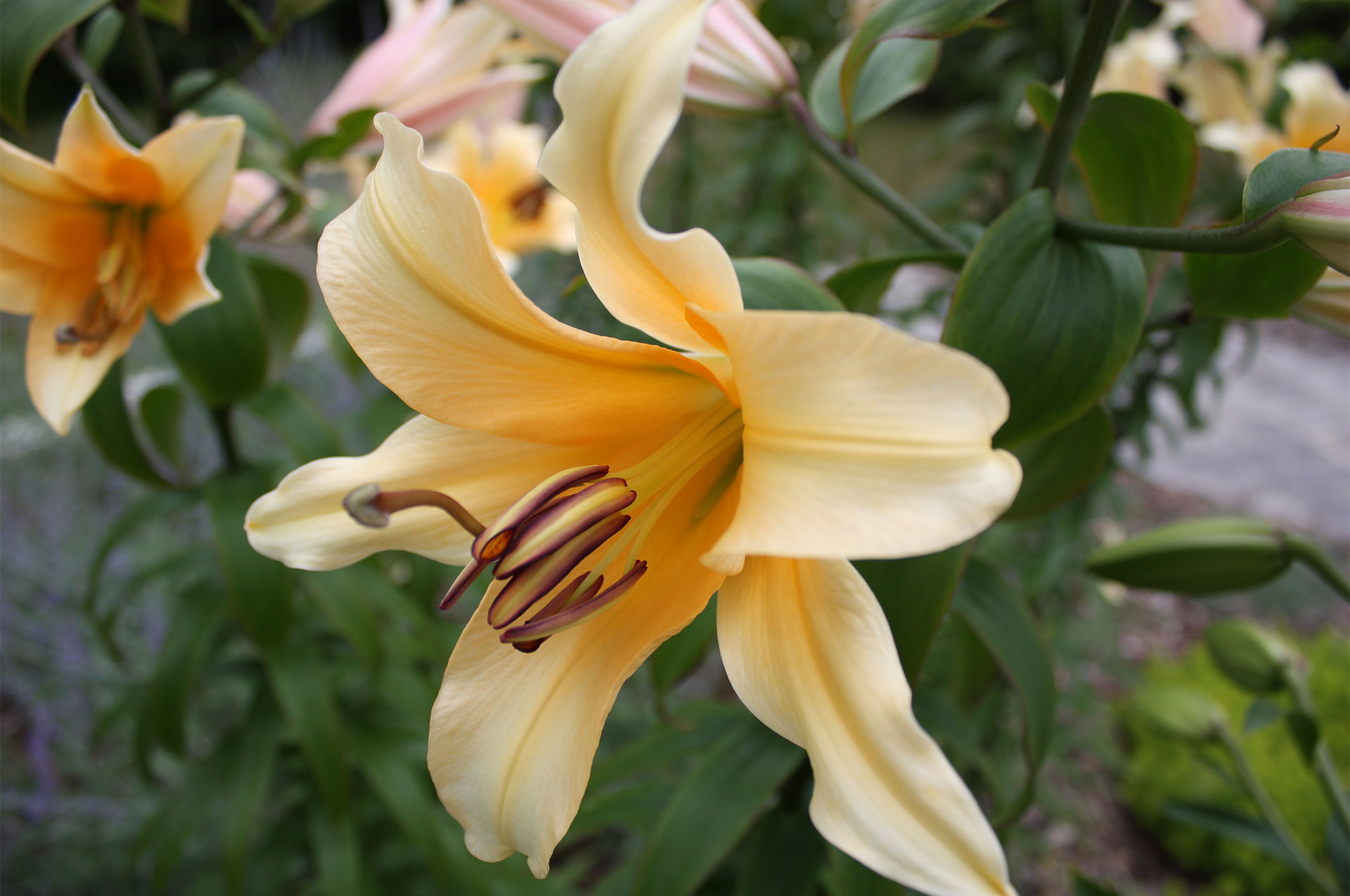
Upper Arlington has always been distinguished by the beauty of its landscape, neighborhood parks and majestic tree-lined streets. The City contributes to community aesthetics by installing and maintaining colorful gardens at community gateways, high profile intersections, public facilities and City parks.
There are many opportunities for beautification throughout the City. Funding for installation and future maintenance may be provided through sponsorship/donation. Contact Parks & Forestry for additional details.
Parks & Forestry (1)
Any questions regarding the trees or parks should be addressed to the Parks & Forestry Division of the Parks & Recreation Department. They can be reached from the phone number: 614-583-5340.

